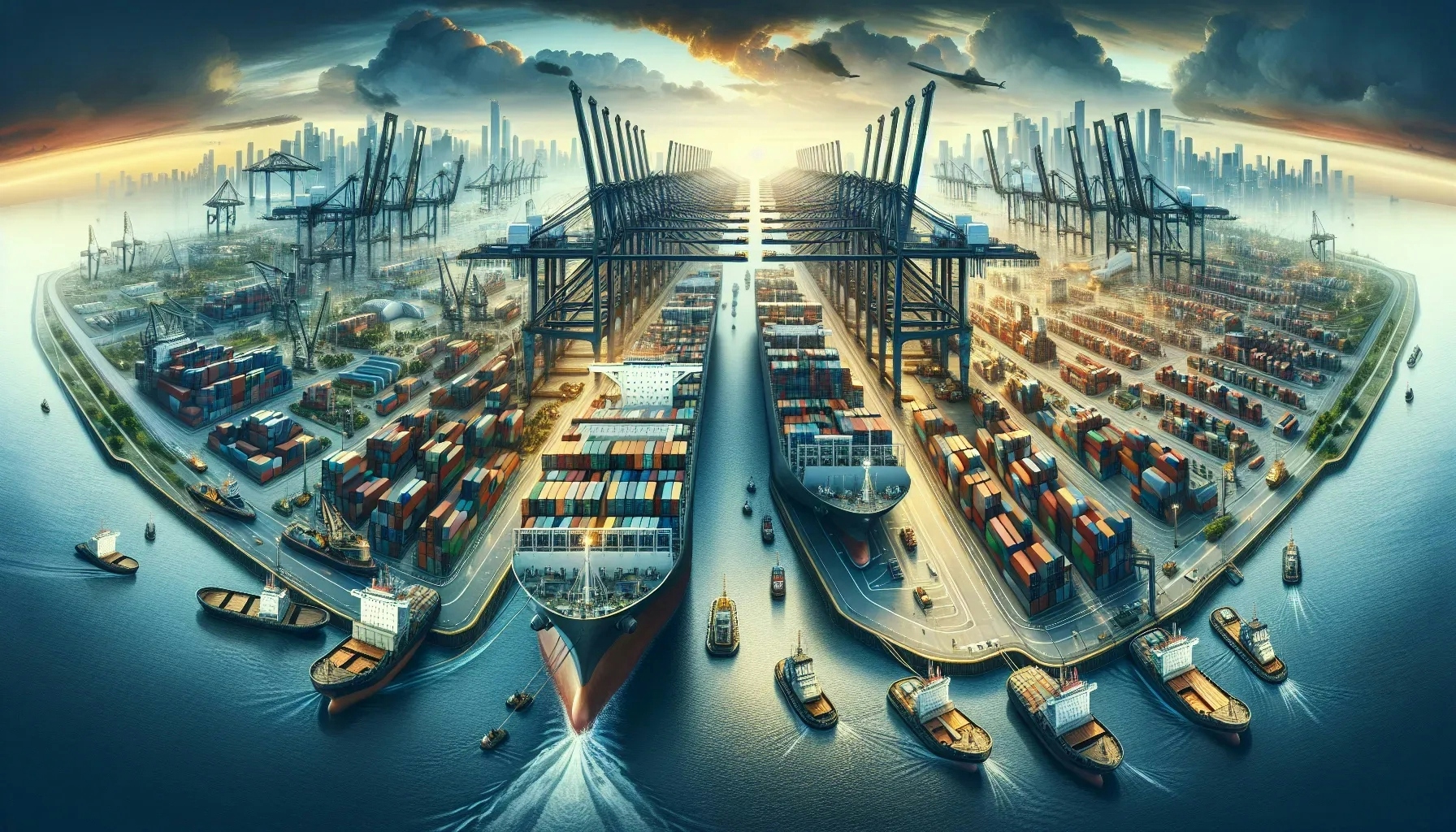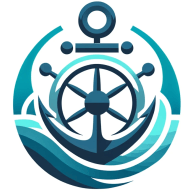Welcome to a comprehensive exploration of the advancements in port development and maritime infrastructure. This blog post delves into the intricacies of this complex field, shedding light on the latest trends, challenges, and solutions. We will navigate through the importance of port development, the role of maritime infrastructure, and the impact they have on global trade and economies.
The Significance of Port Development
Ports serve as the lifeblood of global commerce. They facilitate the movement of goods and people across borders, driving economic growth and fostering international relations. Port development, therefore, is a critical aspect of economic planning and policy-making.
Investments in port development can yield significant returns. Improved port facilities can handle larger volumes of cargo, reducing shipping costs and increasing trade volumes. Moreover, port development can stimulate job creation and economic activity in the surrounding regions.
However, port development is not without its challenges. It requires substantial financial resources, careful planning, and often, the negotiation of complex environmental and regulatory hurdles. Despite these challenges, the potential benefits of port development make it a worthwhile endeavor for many nations.
The Role of Maritime Infrastructure
Maritime infrastructure encompasses a broad range of facilities and systems that support the operation of ports and shipping. This includes everything from the physical structures such as docks and terminals, to the navigational aids that guide ships into port, to the logistical systems that manage the flow of goods through the port.
The quality of maritime infrastructure can significantly impact the efficiency and safety of port operations. Well-designed and maintained infrastructure can reduce the risk of accidents, minimize delays, and increase the overall throughput of the port.
However, developing and maintaining maritime infrastructure is a complex and costly undertaking. It requires careful planning, ongoing investment, and a commitment to continuous improvement. Despite these challenges, the importance of maritime infrastructure to the global economy cannot be overstated.
Trends in Port Development and Maritime Infrastructure
The field of port development and maritime infrastructure is constantly evolving, driven by technological advancements, changing trade patterns, and increasing environmental concerns.
One of the most significant trends is the move towards automation. Automated systems can increase efficiency, reduce labor costs, and improve safety. However, they also require significant upfront investment and can lead to job displacement.
Another key trend is the increasing focus on sustainability. Ports are major sources of pollution, and there is growing pressure to reduce their environmental impact. This is leading to the development of green ports, which incorporate renewable energy, waste management, and other sustainability measures.
Challenges and Solutions in Port Development and Maritime Infrastructure
Despite the potential benefits, port development and maritime infrastructure face several challenges. These include financial constraints, regulatory hurdles, environmental concerns, and resistance from local communities.
However, there are also many potential solutions to these challenges. For example, public-private partnerships can help to overcome financial constraints by pooling resources and sharing risks. Regulatory hurdles can be addressed through dialogue and cooperation between stakeholders. Environmental concerns can be mitigated through the use of green technologies and sustainable practices. And resistance from local communities can be managed through consultation, engagement, and the provision of community benefits.
The Future of Port Development and Maritime Infrastructure
Looking ahead, the future of port development and maritime infrastructure is likely to be shaped by several key factors. These include the ongoing trend towards automation, the increasing importance of sustainability, and the impact of global trade patterns.
Automation will continue to drive efficiency improvements, but will also require significant investment and potentially lead to job displacement. Sustainability will become an increasingly important consideration, with ports expected to play a leading role in the transition to a low-carbon economy. And global trade patterns will continue to influence the demand for port facilities and the types of goods being transported.
Conclusion
Port development and maritime infrastructure play a critical role in the global economy. They facilitate the movement of goods and people across borders, drive economic growth, and foster international relations. Despite the challenges, the potential benefits of port development and maritime infrastructure make them a worthwhile investment. As we look to the future, it is clear that these fields will continue to evolve, driven by technological advancements, sustainability concerns, and changing trade patterns.
Wrapping Up: The Evolution and Impact of Port Development and Maritime Infrastructure
In conclusion, port development and maritime infrastructure are dynamic fields that play a pivotal role in shaping global trade and economies. As we navigate through the 21st century, the evolution in these sectors will continue to influence the way we move goods and people across borders. Despite the challenges, the potential benefits and advancements in these fields make them a fascinating area of study and investment.

